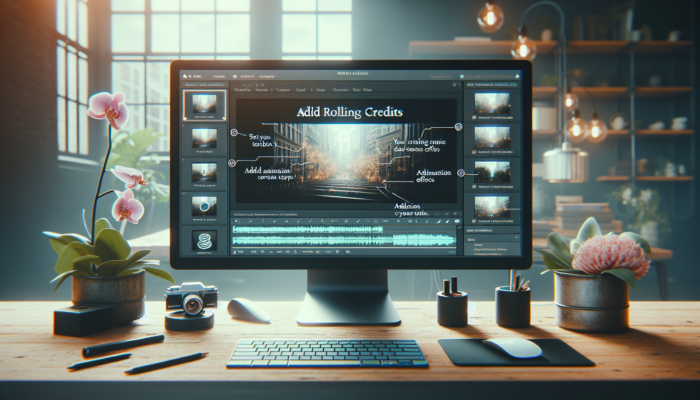Overview of the PowerPoint 2000 Interface
PowerPoint 2000 is a presentation graphics application that is part of the Microsoft Office 2000 suite. It allows users to create professional slideshow presentations that can include text, images, charts, animations, and more.
Some key components of the PowerPoint 2000 interface include:
- The title bar – Displays the name of the open presentation file.
- The menu bar – Contains drop-down menus for accessing different commands and features. Key menus include File, Edit, View, Insert, Format, Tools, Slide Show, and Help.
- The standard toolbar – Provides quick access buttons for common commands like opening, saving, printing, spell checking, etc. [[1]][1]
- The formatting toolbar – Allows you to easily format text with options for font, size, color, alignment, bullets, etc. [[2]][2]
- The drawing toolbar – Provides tools for inserting shapes, text boxes, WordArt, clipart, and more onto slides. [[3]][3]
- The view buttons – Allow you to switch between different views like Normal, Slide, Outline, Slide Sorter, Slide Show, etc.
- The slides pane – Displays thumbnail previews of all the slides in your presentation. Makes organizing and rearranging slides easy.
- The notes pane – Where you can add speaker notes that only you will see when presenting.
- The outline pane – Displays the text content of your slides in outline format. Useful for organizing and developing the structure of your presentation.
Key Views for Building a Presentation
PowerPoint offers several different views for developing your presentation:
- Normal view – The default view that displays the slides, outline, and notes panes. Best for adding and formatting content.
- Outline view – Focuses on the outline pane to allow easier reorganization of content.
- Slide view – Displays one slide at a time for more precise editing.
- Slide sorter view – Shows thumbnail previews of all slides to arrange order. [[4]][4]
- Slide show view – Presents the slides as an on-screen slideshow, just like your audience would see it.
Being able to switch between these views allows you to build your presentation more efficiently.
Creating and Editing Slides
When starting a new presentation, PowerPoint gives you several options via the AutoLayouts: [[5]][5]
- Title slide
- Bulleted list
- 2 Content
- Content with caption
- Chart and text
- Organizational chart
- More layouts…
The AutoLayouts provide pre-formatted slide designs that you can just click to insert. Their placeholders and text boxes make adding and editing content intuitive.
You can easily add new slides with more AutoLayouts using the New Slide button on the standard toolbar. Other ways to build slides include:
- Insert > New Slide
- Copy/paste existing slides
- Import from other files
PowerPoint makes creating professional presentations easy even for beginners!
Formatting Slides
Once you have slides with content, PowerPoint provides tons of formatting options including:
- Themes – Professionally designed slide templates that include color schemes, fonts, effects
- Background styles – Different background colors, gradients, patterns, textures, and images
- Text formatting – Font type, size, color, alignment, spacing, indents, bullets, numbering
- Objects formatting – Fill effects, line styles, 3D effects, picture adjustments, etc.
- Slide transitions – Cool transition animations when advancing between slides
- Custom animations – Apply entrances, emphases, exits, and motion paths to objects
With all these tools, you can create great-looking, visually-engaging slideshows tailored to your content and audience.
Components of a Presentation
A complete PowerPoint presentation consists of different elements you can customize: [[6]][6]
- Slides – The core slides with text, images, charts, etc.
- Speaker notes – Reminders for your presentation that the audience won’t see.
- Handouts – Printable materials with thumbnail slides and note-taking space.
- Outlines – The presentation text content formatted in an outline structure.
Tweaking these components allows you to refine your presentation for delivery.
Printing and Running a Slideshow
When your presentation is ready, PowerPoint makes it easy to:
- Print – Print slides, handouts, notes pages, outlines. Adjust print settings like paper size, orientation, color/grayscale, number of slides per page, etc. [[7]][7]
- Run a slideshow – Present your slides as an on-screen slideshow. Use Presenter View to see your speaker notes and upcoming slides.
- Export/save as a PDF – Share your presentation as a PDF document or video file.
With PowerPoint’s versatile printing and show delivery options, you can present confidently!
Conclusion
In summary, with its intuitive interface, pre-designed layouts, abundant formatting tools, multiple views, and dynamic presentation capabilities, PowerPoint 2000 makes developing professional slideshow presentations simple for users of any skill level. Whether for school, work, or personal projects, PowerPoint 2000 provides everything you need to build eye-catching, engaging visual presentations.





